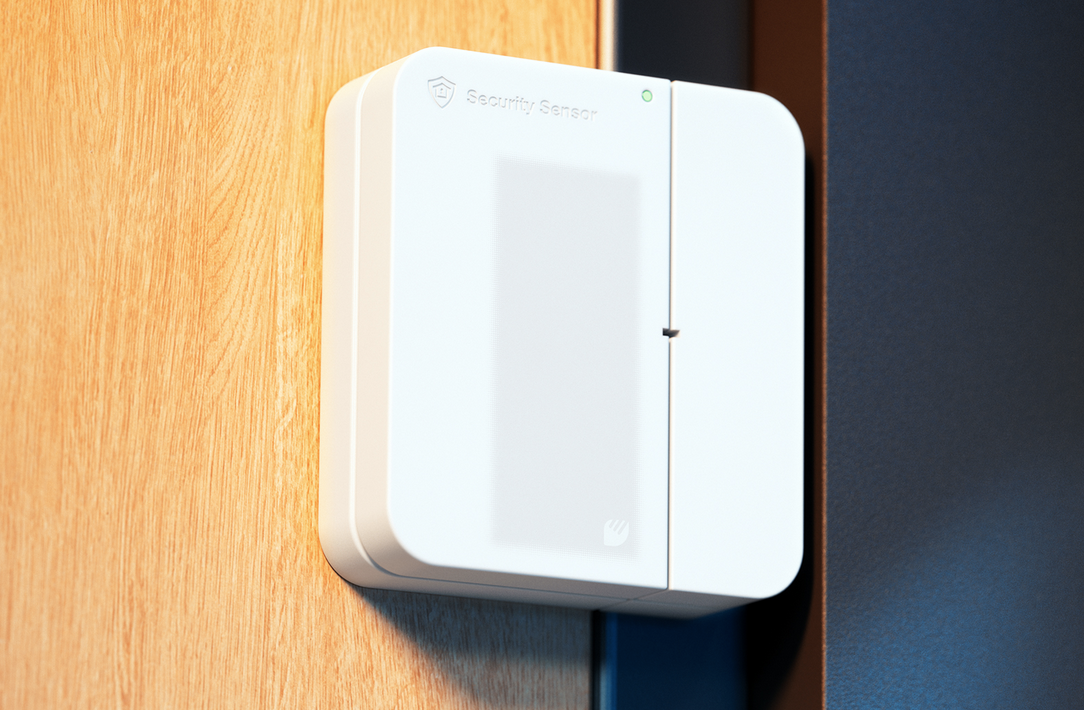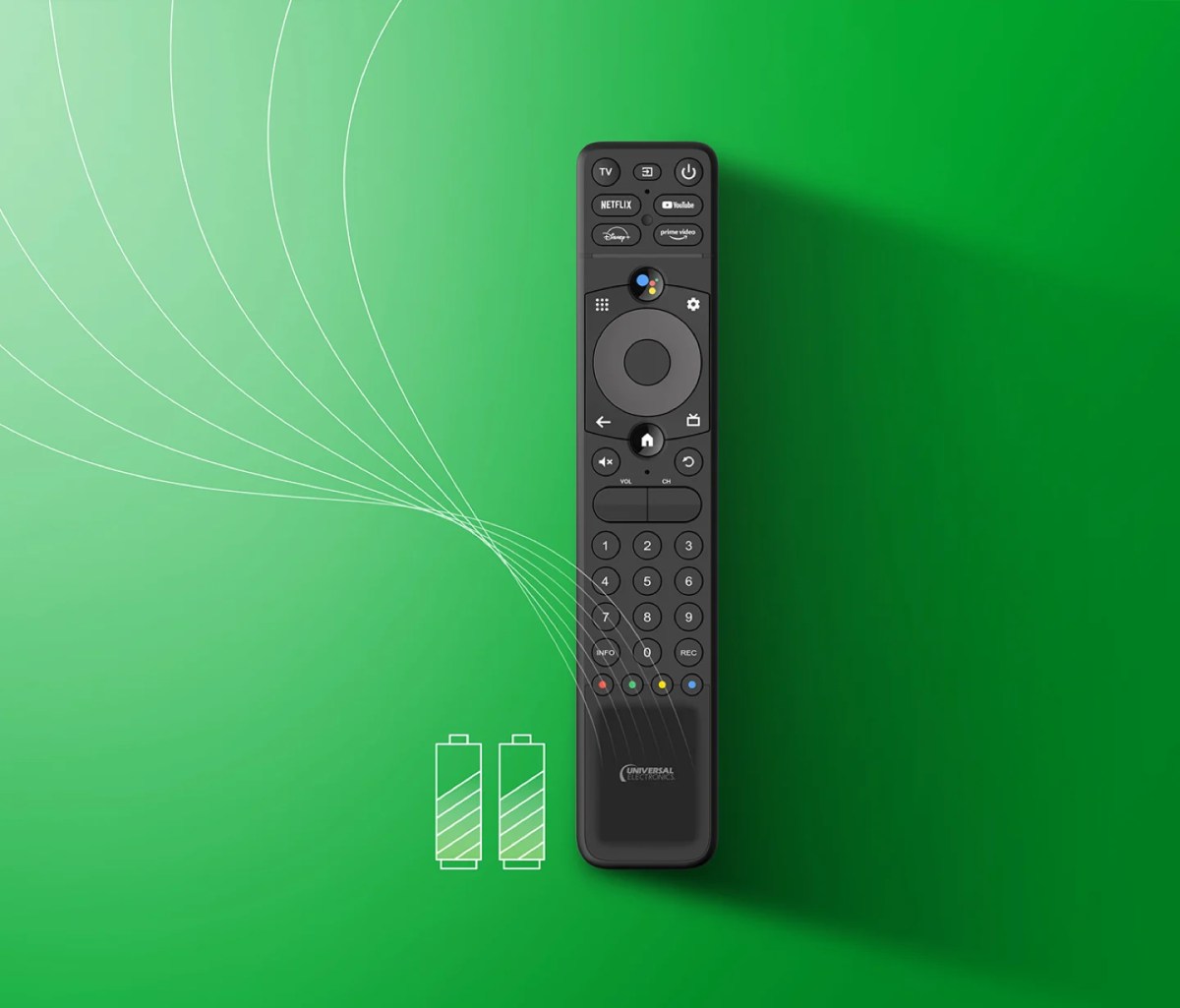The aptly named Ambient Photonics wants to end the reliance of low-power devices on batteries, and the company is showcasing a solar cell at CES that it believes is up to the job.
With its dye-sensitive solar cell (DSSC), Ambient Photonics thinks it can harvest enough power from ambient light (that’s why I called the company “aptly named”) to greatly limit the use of–or even replace–the batteries in such low-power devices as TV remotes, wireless computer peripherals, smart home doorbells, and door locks.
The company’s new solar cells are said to require far less light than existing types, while as much as tripling the output of current amorphous silicon-based cells.
Doubling down on the concept, Ambient Photonics is delivering two-sided, or bi-facial, versions of its photovoltaic (PV) cells. Yup, you’ll be able to toss your DSSC-equipped remote on the couch and not have to worry which side lands up.

Many folks have long wondered when this tech would spread. Solar-powered calculators first appeared in the ’70s, for goodness’ sake. I still have one, it still works, and I still use it. That’s a testament to the concept.
Ambient Photonics’ technology has stirred a lot of interest and appears to work. Keyboard-maker Chicony, Universal Electronics (a manufacturer of remote controls), and E Ink have all either announced or are planning to roll out products sporting the company’s PV cells. And at CES, Primax, the maker of smart-home and computer hardware, unveiled a battery-free PC mouse powered by the tiny light-harvesting chips.
There are many types of solar cells, utilizing a wide variety of materials, though the most common leverage some form of silicon: monocrystalline, polycrystalline, or amorphous (thin film). The first two are generally what you see on rooftops and are relatively expensive to produce.
Other semiconductors with even better efficiency (the record is still under 50 percent) are relegated to solar farms due to the toxic compounds they employ, including gallium arsenide (which is classified as a carcinogen by the state of California) and cadmium telluride.

Most of the commonly used solar cells drop tremendously in efficiency as available light diminishes. As noted, Ambient Photonics claims that its DSSCs thrive (relatively speaking, at least) in low-light environments, such as indoors.
The icing on the cake is Ambient Photonics’ revolutionary printing-to-glass process, which (according to the company) is far cheaper than the vacuum production commonly used for thin-film amorphous silicon.
Combine good low-light performance, higher output than amorphous, bifacial collection, low production costs, and a relatively friendly environmental impact, and you have a winning product. At least we hope so.
The proof is in the pudding, and we can’t wait to get our hands on the first DSSC-enabled products to see if the tech lives up to the hype.
(Thanks to Homer Antoniadis for his knowledge and insight on this subject.)


